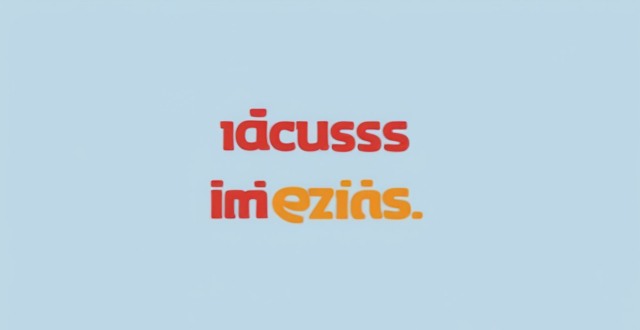The text discusses the legal and ethical implications of using copyrighted images as phone wallpapers, emphasizing respect for artists' rights and promoting alternatives such as public domain, Creative Commons, or licensed images to ensure compliance with intellectual property laws.

Can I Use Copyrighted Images as My Phone Wallpaper?
The question of whether you can use copyrighted images as your phone wallpaper is a complex one that involves several legal and ethical considerations. Here's a breakdown of the key points to consider:
Legal Implications
Intellectual Property Rights
- Copyright Laws: Copyright laws protect the rights of creators and owners of original works, including photographs and other images. Using copyrighted images without permission can infringe on these rights.
- Fair Use Doctrine: In some jurisdictions, there is a concept known as "fair use," which allows limited use of copyrighted material for purposes such as criticism, comment, news reporting, teaching, scholarship, or research. However, this typically does not extend to personal use as a phone wallpaper.
Licensing Agreements
- Royalty-Free Images: Some images may be available under royalty-free licenses, which allow for certain uses without the need for attribution or payment. However, these licenses often have specific limitations on how the image can be used.
- Rights-Managed Images: Other images may be available under rights-managed licenses, which require payment and adherence to specific terms of use. Violating these terms can result in legal action.
Ethical Considerations
Respect for Artistic Work
- Artists' Rights: Using copyrighted images without permission can be seen as disrespectful to the artist who created the work. It's important to recognize the effort and creativity involved in producing original content.
- Supporting Artists: By using copyrighted images without compensation, you are depriving artists of potential income from their work. This can negatively impact their ability to continue creating new content.
Personal Responsibility
- Moral Obligation: As an individual, it's important to take responsibility for your actions and consider the potential consequences of using copyrighted images without permission. This includes being aware of the legal and ethical implications of your choices.
- Setting an Example: Your behavior can set a precedent for others to follow. By respecting intellectual property rights and choosing not to use copyrighted images as your phone wallpaper, you can help promote a culture of respect for creative work.
Alternatives to Using Copyrighted Images
Public Domain and Creative Commons Images
- Public Domain Images: These are images that are no longer protected by copyright law and can be used freely by anyone. They are often older works whose copyrights have expired.
- Creative Commons Images: Many photographers and artists release their work under Creative Commons licenses, which allow for certain uses with proper attribution. Look for images labeled with a CC license to ensure compliance with the creator's wishes.
Purchasing Licensed Images
- Stock Photography Websites: There are numerous websites where you can purchase licensed images for personal use. This ensures that you are legally allowed to use the image and supports the creator financially.
- Commissioning Custom Artwork: If you have a specific idea in mind for your phone wallpaper, consider commissioning an artist to create a custom piece for you. This not only supports the artist but also provides you with a unique and personalized image.
In conclusion, while it may be tempting to use copyrighted images as your phone wallpaper, it's essential to consider both the legal and ethical implications of doing so. By choosing public domain, Creative Commons, or licensed images, you can enjoy beautiful wallpapers while respecting the rights of artists and creators.